The mediality of normative orders: How Africans turn night into day
Field research and publication
Project manager: Prof. Dr. Mamadou Diawara
Project description
The following project focuses on the interface between migration and the media. In the current debate about normative orders in Western democracies, the issue of migration is of particular importance. However, it should be noted that migration, regardless of whether it is viewed positively or negatively, is understood as a unidirectional process. Migrants cross natural borders, such as the Mediterranean and/or the Sahara, in order to reach their final destination.
For people from the Sahel, however, these borders do not divide them, but unite them. Sahel means the “shores of the Sahara”. The Sahel connects the people of the savannah with those in North Africa and beyond. The word teraano (those who are on the move) has become established in the Soninka language for the people who move in the space between the shores. It was originally used to describe the travelers who crossed the Sahara (Ibn Battuta [around 1355] 1982, Barth 1857-1859, Johannes Leo Africanus 1550, Farias 2003). This is not about migration with a clear destination, but rather about a constant dynamic of going and returning. This dynamic combines mobility and communication that bridges geographical spaces, which John Urry (2007: 12) describes as an “infrastructure of social life”. An infrastructure that enables the movement of people, ideas, information from place to place, from person to person, from event to event (ibid). For Africa, a number of studies have been published that shed light on people on the move and the importance of media for the dissemination of information (de Bruijn, van Dijk (eds.) 2012, Hahn 2012, Nyamnjoh 2014). These studies are ethnographically centered. However, they neglect the global dimension of the phenomenon.
One approach to closing this gap is my own preliminary work with West African business people in Southeast Asia since 2010. These teraano are traveling both “by camel” and by plane. They are based in offices and apartments in Bangkok and Jakarta. With the help of their cell phones, they turn night into day by not adapting to the daily rhythm in Asia, but instead orienting themselves to day and night in Africa. They use their smartphones to do business, spread news from the village, keep in touch with family members, friends and acquaintances and business partners who are in the Sahel or (almost) anywhere else in the world. The media and digital applications used by these actors thus correspond to a fait social total (Maus 1923-1924), which determines not only the technical dimension of their existence, but also their social one. Their example can be used to examine the complexity of local media and their profound transformation. The study has a historical dimension in that it addresses the change from direct oral communication, via professional letter writers in the Sahel, via telegram and telephone to the smartphone and its applications. By focusing on the actions of African businessmen in Southeast Asia, insights are gained into the interface between media and migration, which help to shed light on the communicative nature of normative orders.
References:
Barth, Heinrich
1857-1858 Reisen und Entdeckungen in Nord- und Central-Afrika in den Jahren 1849 bis 1855. Tagebuch einer im Auftrag der Britischen Regierung unternommenen Reise. 5 volumes. Gotha: Justus Perthes.
Battûta, Ibn
1982 Voyages III. Inde, Extrême-Orient, Espagne and Soudan. Paris.
Bruijn, Mirjam de; Dijk, Rijk van
2012 The social life of connectivity in Africa. New York: Palgrave Macmillan.
De Moraes Farias, Paulo Fernando
2003 Arabic Medieval Inscriptions from the Republic of Mali: Epigraphy, Chronicles, and Songhay-Tuareg History. Fontes Historiae Africanae, new series. Oxford: Oxford University Press for The British Academy.
Hahn, Hans Peter
2012 “Mobile Phones and the Transformation of Society: Talking about Criminality and the Ambivalent. Perception of new ICT in Burkina Faso.” In: African Identities, 46:1-12.
Johannes Leo Africanus
1550 La descrittione dell’Africa. In: Giovan Battista Ramusio (ed.): Primo volume, et Seconda editione delle Navigationi et Viaggi.
Nyamnjoh, Henrietta Mambo
2014 Bridging mobilities. Bamenda: Langaa & African Studies Center.
Urry, John
2007 Mobilities. Cambridge: Polity Press.
De Moraes Farias, Paulo Fernando
2003 Arabic Medieval Inscriptions from the Republic of Mali: Epigraphy, Chronicles, and Songhay-Tuareg History. Fontes Historiae Africanae, new series. Oxford: Oxford University Press for The British Academy.
Hahn, Hans Peter
2012 “Mobile Phones and the Transformation of Society: Talking about Criminality and the Ambivalent. Perception of new ICT in Burkina Faso.” In: African Identities, 46:1-12.
Johannes Leo Africanus
1550 La descrittione dell’Africa. In: Giovan Battista Ramusio (ed.): Primo volume, et Seconda editione delle Navigationi et Viaggi.
Nyamnjoh, Henrietta Mambo
2014 Bridging mobilities. Bamenda: Langaa & African Studies Center.
Urry, John
2007 Mobilities. Cambridge: Polity Press.

